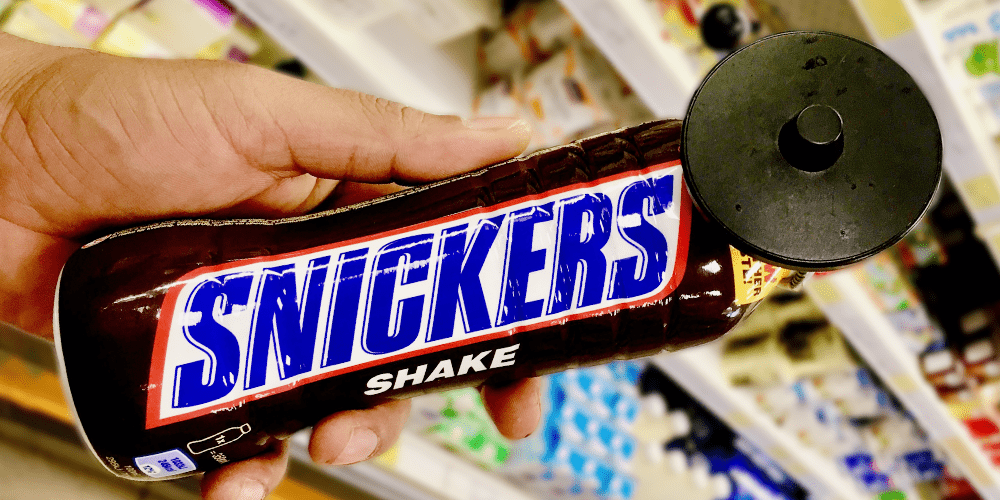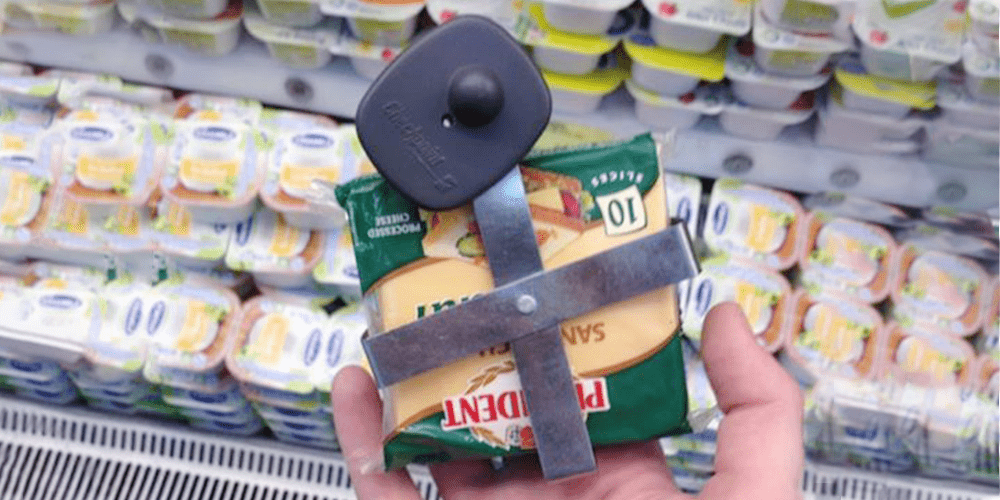
Striking the theft protection balance
Managing loss prevention is an eternal balancing act. On the one hand the security of items is front of mind for any retail manager looking to minimize loss and maximize profit. But on the other, the customer experience also needs to be considered to ensure products are appealing and the store environment welcoming.
The good news is there are Electronic Article Surveillance solutions designed for every product imaginable and every retail outlet.
Here’s an insight into striking the right balance when it comes to theft protection.
Anti-theft underkill
Anti-theft underkill is an easily identifiable problem where security is insufficient, leaving products prone to theft.
In some cases, retailers may have security measures in place, but they are not specific enough to protect at a product-based level or the techniques shoplifters use have evolved, and the security method is now insufficient.
Signs of underkill include:
- High stock losses throughout a retail outlet
- High losses of a specific product
- Security tags being found on the floor (indicating thieves have found a way around them)
Dealing with underkill
Managing stock loss involves understanding what products are likely to be targeted and using the most effective strategy to protect them.
It also means retailers need to view their entire outlet critically, considering its layout, its lighting, staff training, product displays, and the protection methods used.
For example, Electronic Article Surveillance remains the most effective methods of protecting individual items against theft, but in the US only 68 per cent of retailers employ EAS, compared to 73 per cent of retailers globally.
When retailers do employ EAS they need to be mindful of the elements that can impact its effectiveness. For example the magnetic strength of the security tag needs to be a minimum of SuperLock strength to thwart attempts at theft, while other factors like the tag type, and the size of the pinhead can also impact how easy it is to remove a tag.
Anti-theft overkill

Anti-theft overkill occurs when the method used to protect an item is either disproportionate to its value or is so obtrusive that it deters customers from interacting with the product prior to buying. And the upshot is, it can have a negative impact on overall sales.
Anti-theft overkill can:
- Affect the image of your brand and store
- Deter customers from buying or trying your product
- Negatively impact the relationship with your consumer
It’s a balance
There are several factors to consider when working out what strategy is right for your products. These include:
- The value of the item
- The volume of sales
- How customers need to experience that product to encourage sales
- The item’s likelihood of theft
- Its positioning in your store
When you have determined these factors, then choosing the right solution is simplified.
EAS solutions to suit
As mentioned earlier, Electronic Article Surveillance is regarded as one of the most efficient and effective methods of protecting individual products against theft and can reduce loss in a retail outlet by up to 80 per cent.
However, implementing it effectively, also involves using the right tag or label for the right product. Since its inception in the 1960s, EAS tags and labels have evolved to offer the perfectly balanced solution for almost any product.
As a general guide:
- RF labels are used for high-volume low value stock with a low foil content in their packaging. They are the ideal solution when a flat printable label is required and are suited to books, videos, non-perishable groceries and general discount items.
- AM labels offer a slightly raised profile, but the technology provides major benefits when it comes to protecting metallic goods. AM labels are well-suited to the protection of merchandise with a high metal/foil such as consumer electronics, cosmetics, hardware and pharmaceuticals.
- RF and AM security tags are suited to fashion apparel or high-value soft furnishings like cushions. Whether you utilize RF or AM depends on the type of antenna that is installed in store.
- Security Tags with cables or lanyards tend to be used for fashion accessories such as handbags and shoes. They allow a tag to be securely fixed to a product without the pin needing to pass through it.
- Spider wraps with tags suit products such as electronic accessories, or high value items that are boxed.
- Bottle tags are the perfect solution for preventing high-value theft in liquor stores.
- Optical tags are designed to protect eyewear while still allowing consumer to experience the product and see how it looks when worn.
Ultimately, that may mean a variety retailer or department store might employ different tag and label types in store to protect the varying styles of merchandise. Meanwhile, they may also use other loss prevention methods as well to further reduce the likelihood of theft.
When used effectively, EAS tags and labels are designed to perfectly tread the fine line between the customer experience and minimising theft.
You can contact our friendly Security Tags staff for further information about the right tag and label solutions for your products.


